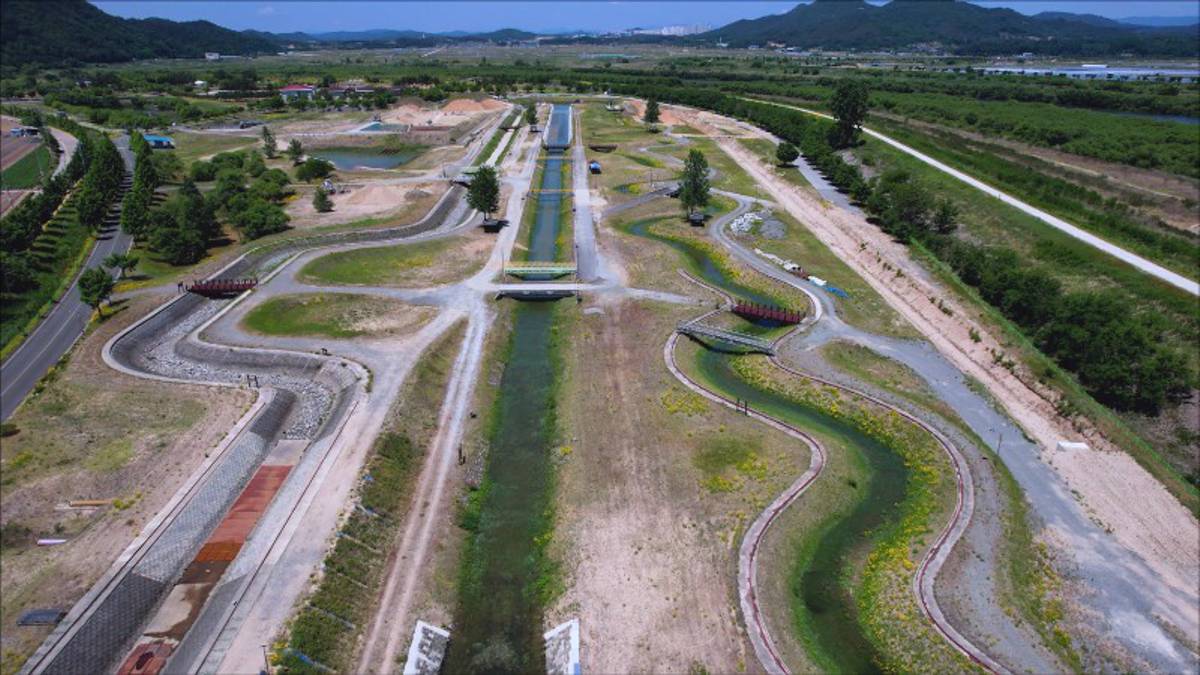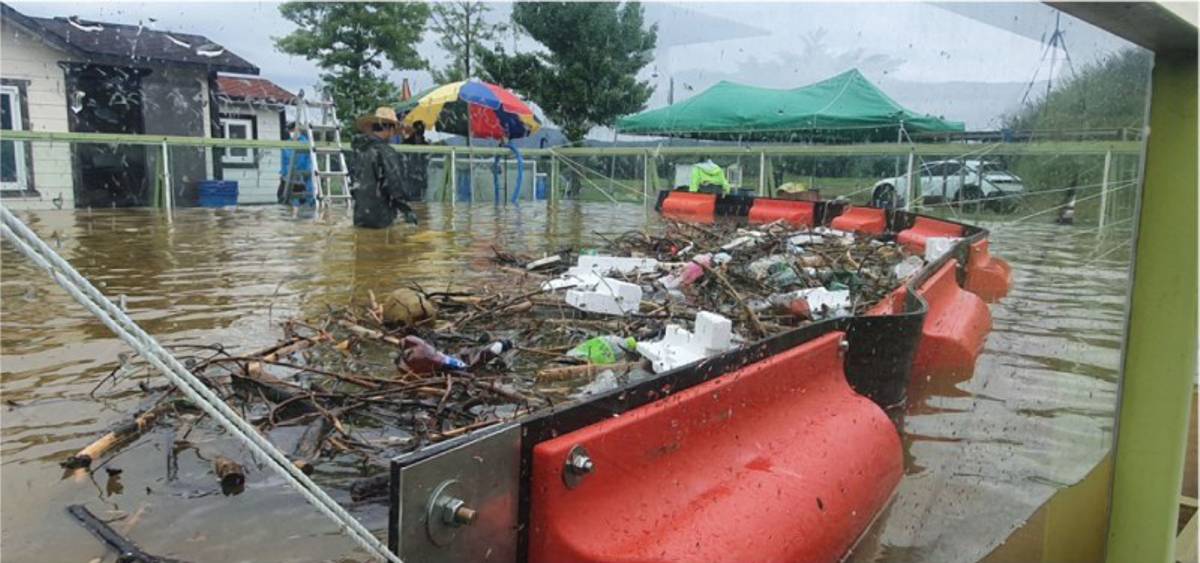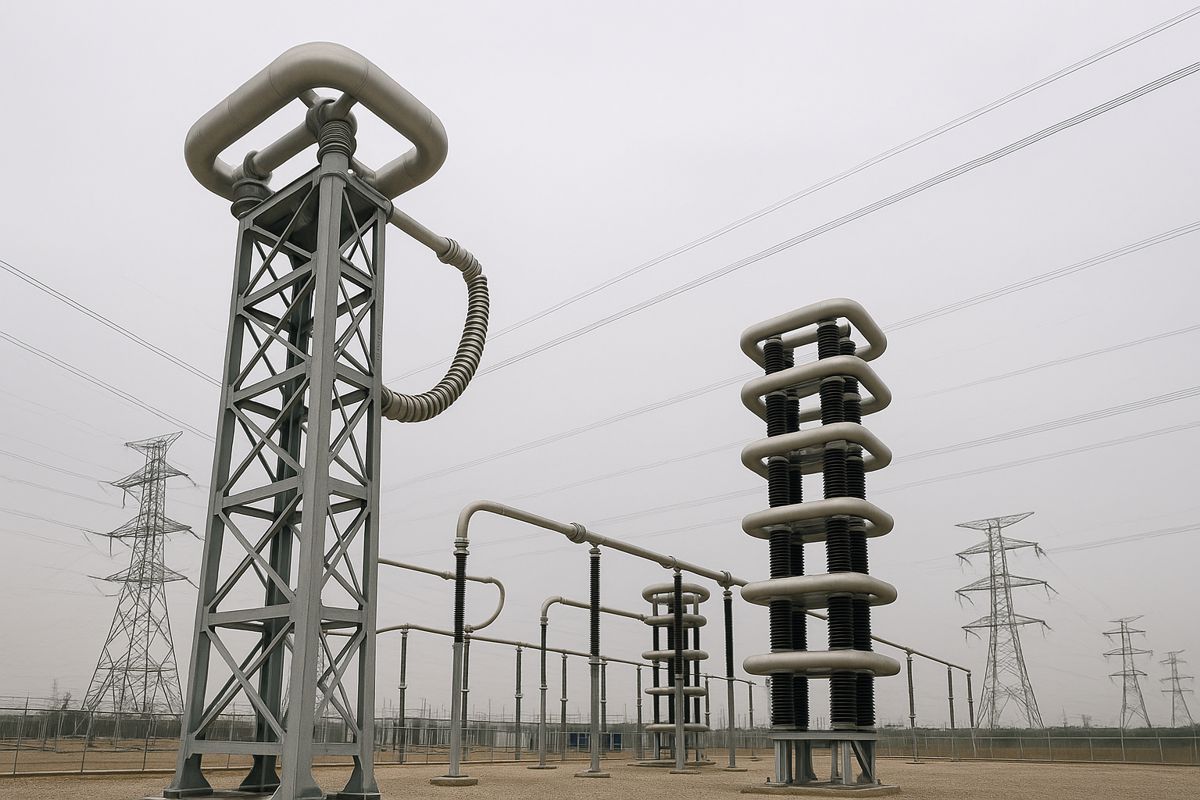The tide is turning as South Korea battles against Marine Debris
In a world grappling with the pressing issue of environmental pollution, particularly marine debris, a beacon of innovation shines from South Korea.
The Korea Institute of Civil Engineering and Building Technology (KICT), under the stewardship of President Kim Byung-suk, has embarked on a pioneering journey to mitigate the influx of floating debris in rivers, a major source of marine pollution.
From Rivers to Seas: The Journey of Debris
Rivers, the arterial pathways of our landscapes, have long been conduits for debris originating from land to reach the oceans. Dr. Sang Hwa Jung and his team at KICT recognized this critical link and initiated a ‘living lab’ project. This collaborative venture involved local governments, citizens, and experts, a testament to the power of community-driven environmental action.
Chungcheongnam-do, often referred to as Chungnam, serves as the focal point of this initiative. With its extensive coastline, the third longest in South Korea, and a network of over 500 rivers and streams, Chungnam faces a growing challenge. Statistics paint a grim picture: approximately 61.2% of marine debris is river-borne, underscoring the urgency of the situation.

Challenges and Innovations: The Interceptor’s Journey
In 2019, Chungnam took a proactive step by installing an interceptor facility. However, it wasn’t smooth sailing. The heavy rains and floods revealed structural vulnerabilities in the interceptor, necessitating a re-evaluation and redesign.
The project’s ambitions were not just to reinforce the interceptor but to revolutionize it. Dr. Jung’s team focused on enhancing collection convenience, adapting to fluctuating river water levels, and integrating monitoring functions for optimal debris collection timing.
The Stages of Innovation
The research, a meticulously orchestrated symphony of science and engineering, unfolded in several stages:
- Characterizing the Target River: Understanding the unique dynamics of the river was crucial.
- Optimal Point Selection: Pinpointing the most effective location for the interceptor.
- Designing the Barrier: A collaborative effort with Foresys Co., Ltd., combining practicality with innovation.
- On-Site Construction: Translating designs into reality, the interceptor took shape.
The River Experiment Center in Andong, Gyeongsangbuk-do, played a pivotal role. Covering an impressive 192,051 m2 and boasting the largest testing infrastructure in South Korea, it provided an unparalleled testing ground.

The Yugu-cheon Success Story
May 2023 marked a milestone with the interceptor’s deployment at Yugu-cheon in Gongju, Chungnam. Here, the project’s ingenuity was on full display. A monitoring system, informed by local government insights, enabled real-time operation tracking and optimal collection timing.
An AI-powered support system took this further. It analysed river debris, assessing both quantity and composition, to determine the most effective collection cycles.
Dr. Jung’s Vision: A Confluence of Technology and Ecology
Dr. Jung encapsulates the essence of the project: “Garbage in the sea is notoriously hard to collect… Intercepting it in rivers is not just easier but essential.” His emphasis on combining traditional river engineering with information technology and AI highlights a forward-thinking approach to solving both local and global environmental issues.

Looking Ahead: Sustainability and Expansion
The project has garnered significant local interest, particularly for its living lab-based technology development and sustainability focus. The Yugu-cheon facility is set to operate and evolve through 2026, with plans to expand this successful model to other rivers in discussion.
CA Ripple Effect of Change
Korea’s foray into river-based marine debris reduction is more than an environmental project; it’s a testament to human ingenuity’s power in the face of ecological challenges. It symbolizes hope, a beacon guiding us towards a cleaner, more sustainable future for our rivers and oceans alike.



















